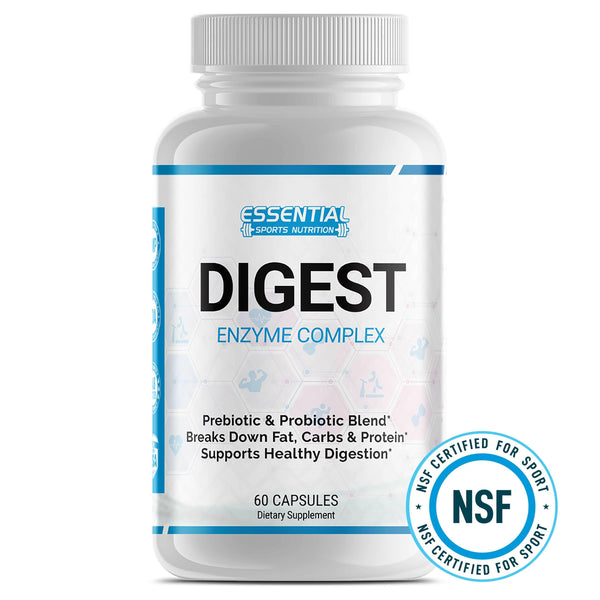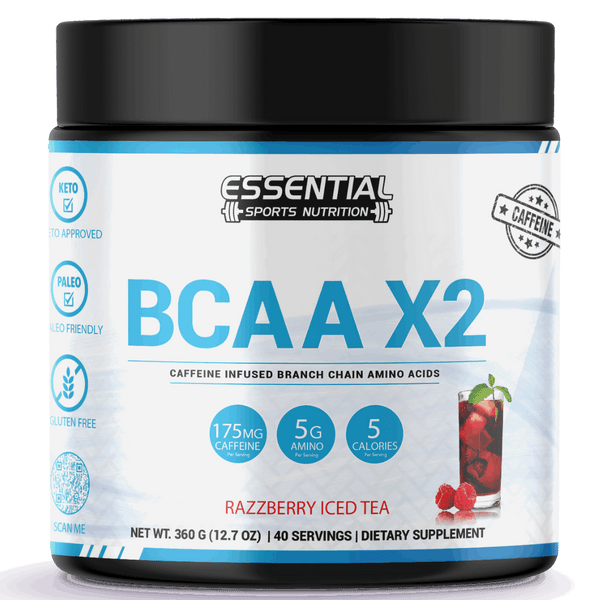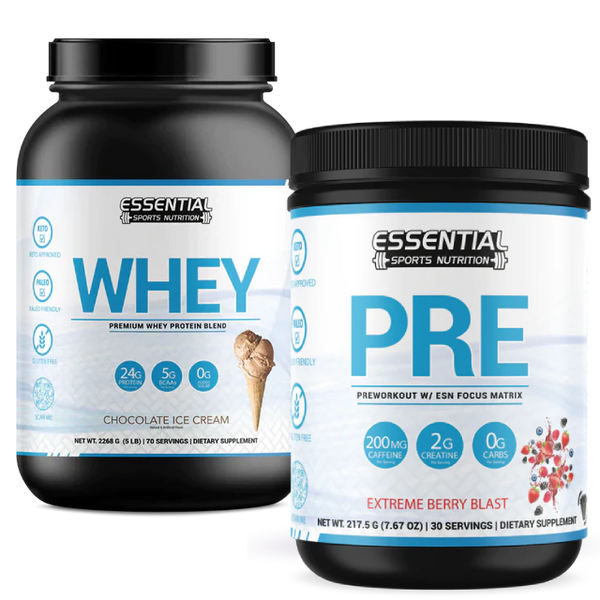Exploring Key Differences Between Thai Massage and Swedish Massage
Deciding between Swedish and Thai massage? Swedish is all about gentle, soothing strokes, promoting relaxation and rejuvenation. It's perfect if you're looking to relieve physical and emotional stress. Meanwhile, with its dynamic stretching and acupressure, Thai massage focuses on your body's energy flow and flexibility. It's more about internal dynamics and enhancing your mind-body connection. Whether you're fully clothed on a mat for Thai or undressed to your comfort level on a massage table for Swedish, both offer unique benefits. Understanding these differences can help guide your choice, offering you a path to wellness tailored to your needs.

Key Takeaways
- Swedish Massage uses gentle, gliding strokes for relaxation, while Thai Massage incorporates stretching and acupressure for flexibility.
- Thai Massage is performed fully clothed on a mat, as opposed to Swedish Massage where you undress to your comfort level on a massage table.
- Swedish Massage focuses on alleviating muscle tension and promoting relaxation, making it ideal for stress relief and rejuvenation.
- Thai Massage emphasizes the body's energy flow and internal dynamics, suitable for enhancing range of motion and joint issues.
- The choice between Thai and Swedish Massage depends on individual needs, with Thai Massage not recommended for certain health conditions like cardiovascular disease.
Understanding Thai Massage
Exploring Thai Massage, you'll uncover a holistic technique that combines assisted yoga postures with acupressure to enhance overall well-being. This unique form of bodywork is not just about soothing sore muscles; it's a thorough approach that emphasizes the harmonization of your body's energy flow. By applying pressure along specific energy lines, Thai Massage goes beyond the surface to address the body's internal dynamics, aiming to enhance flexibility and balance.
The practice is known for its dynamic stretching movements, which not only boost flexibility but also stimulate energy flow throughout the body. This is where the assisted yoga comes into play, guiding you through postures that you might not be able to achieve on your own. These movements, coupled with targeted acupressure, work together to release muscle tension and promote relaxation.
What sets Thai Massage apart is its vigorous and energetic nature. Despite this, it's designed with your relaxation in mind, performed while you're fully clothed to maintain a comfortable, mindful connection with your body. This holistic approach ensures that by the end of the session, not only is your physical self more limber and free from tension, but your energy lines are also revitalized, supporting a deeper sense of balance and well-being.
Benefits of Thai Massage

Building on the understanding of Thai Massage's techniques, it's important to acknowledge the wide array of health benefits this practice offers. Unlike Swedish massage, Thai massage incorporates yoga-like stretches and acupressure to enhance flexibility and range of motion. It's a holistic approach that goes beyond mere relaxation, targeting muscle tension and stimulating energy flow to guarantee a balanced system.
Thai massage is known for its ability to improve circulation, which not only aids in nutrient delivery but also alleviates joint pain and increases mobility. This aspect is particularly beneficial if you're dealing with stiffness or looking to improve your overall range of motion. The acupressure techniques employed can help in releasing tension, providing relief from various types of joint pain.
Moreover, the energy system balance achieved through Thai massage enhances the mind-body connection. This is significant for those seeking a more holistic route to wellness, as it addresses both physical and mental health aspects. And since recipients are fully clothed, it offers a comfortable treatment option, making it accessible for many. Whether you're looking to relieve pain, boost your flexibility, or simply achieve a state of relaxation, Thai massage offers a thorough solution.
Exploring Swedish Massage
Swedish Massage, originating in Sweden in 1812, utilizes a variety of techniques to relax muscles and alleviate stress, offering a serene and therapeutic experience. Born from the University of Stockholm's innovative approach to bodywork, it has evolved into a widely respected practice known for its calming effects. As you explore this massage style, you'll encounter a repertoire of movements including effleurage, petrissage, tapotement, vibration, and friction, each designed to enhance your well-being.
Effleurage, characterized by long, flowing strokes, sets the foundation for a session, preparing your muscles for deeper work. This technique not only soothes but also improves blood circulation throughout your body. Following this, petrissage, which involves kneading and squeezing, targets deeper layers of muscle tissue, effectively releasing knots and tension. Tapotement, a rhythmic tapping, further invigorates and stimulates areas that may be lethargic or tense. Vibration and friction techniques are then applied to create heat and enhance muscle relaxation, contributing greatly to stress relief.
A typical Swedish Massage lasts between 60 to 90 minutes, during which these techniques are meticulously applied to unwind tight muscles and promote an overall sense of relaxation and rejuvenation. This detailed approach ensures a holistic treatment that addresses both physical and emotional stress, making Swedish Massage a favored choice for those seeking to restore balance and tranquility in their lives.
Advantages of Swedish Massage

One of the most remarkable benefits of Swedish massage is its ability to deeply relax your body and greatly lower stress levels. This type of massage works through gentle pressure and soothing strokes, promoting a sense of peace and well-being that can be hard to find in the hustle and bustle of everyday life. Beyond its remarkable ability to alleviate stress, Swedish massage has a plethora of advantages that enhance physical health and overall well-being.
Swedish Massage not only induces deep relaxation but also:
-
Stimulates blood flow, which enhances nutrient delivery to tissues and organs. Improved blood circulation helps in faster recovery from muscle soreness and reduces inflammation.
-
Alleviates muscle tension and reduces physical pain. By targeting the body's soft tissues, it relaxes tight muscles, easing discomfort, and promoting a healthier, more flexible body.
-
Promotes joint mobility and lymphatic drainage. Gentle manipulations improve joint flexibility, while aiding in the elimination of toxins from the body, contributing to improved health and vitality.
These advantages make Swedish Massage an ideal choice for those seeking relief from physical pain, improved mobility, and deep relaxation, contributing significantly to one's overall well-being.
Key Differences of Swedish Massage vs Thai Massage
Delving into the core distinctions, it's important to recognize that Thai Massage and Swedish Massage, while both aiming to promote wellness, employ vastly different techniques and philosophies to achieve their therapeutic effects. When comparing Swedish Massage vs. Thai Massage, one notable difference is their origin and approach to inducing health benefits. Thai Massage, hailing from Thailand, emphasizes stretching and acupressure, focusing on the body's energy flow and flexibility. In contrast, Swedish Massage, which originated in Sweden, is characterized by its use of gliding strokes and kneading to enhance relaxation and circulation.
The setting and preparation for each massage also vary significantly. During a Thai Massage session, you'll find yourself fully clothed on a mat, engaging in movements that might resemble assisted yoga, aimed at balancing your energy flow and improving mobility through deep pressure and stretching. On the other hand, a Swedish Massage invites you to undress to your comfort level, using draping on a massage table to facilitate a range of pressure options that target muscle tension for stress reduction and a soothing, gentle approach to wellness.
Ultimately, whether you're leaning towards the vigorous, energy-based movements of Thai Massage for enhanced flexibility or the soothing, mood-improving strokes of Swedish Massage, understanding these key differences can guide your choice in seeking the most suitable massage therapy for your needs.
Choosing the Right Massage

Making the right choice between Thai Massage and Swedish Massage depends on your personal health goals and physical needs. Both styles offer unique benefits suited for different conditions and preferences. If you're leaning towards a holistic approach that emphasizes energy pathways and flexibility, Thai Massage might be your go-to. Known for its dynamic stretching techniques and the therapist applying pressure using their body, it's great for those seeking to relieve muscle tension and enhance body mobility.
On the other hand, if your aim is more towards relaxation and stress reduction, a Swedish Massage could be ideal. This method is renowned for its gentle, soothing strokes that promote overall body wellness. It's versatile enough to incorporate elements of Deep Tissue Massage for those specific areas needing extra attention, without the intensity that comes with a full Deep Tissue session.
To make an informed decision, consider the following:
- Your primary goal: relaxation, flexibility, or muscle tension relief.
- The level of pressure you're comfortable with.
- Any specific physical conditions that might affect your choice.
Consulting with a professional massage therapist can also guide you towards the right choice, ensuring your massage experience is both beneficial and enjoyable.
Safety and Precautions of Massages

While both Thai and Swedish massages offer remarkable benefits, it's important to think about certain safety precautions and contraindications to guarantee your experience is not only rejuvenating but also safe. You've got to know when it's safe to immerse into these relaxing experiences and when it's best to sit them out.
| Massage Type | Not Recommended For | Suitable For |
|---|---|---|
| Thai Massage | Cardiovascular disease, Pregnancy, Cancer | Joint issues, Osteoarthritis |
| Swedish Massage | Skin diseases, Cancer, Circulatory system problems, Ulcers, Colitis, High blood pressure | Work-related stress |
Thai massage's vigorous nature and stretching techniques might not be suitable if you're dealing with cardiovascular disease, pregnancy, or cancer. Its intensity can be a bit much for these conditions. Meanwhile, if you have joint issues or osteoarthritis, Thai massage can be a boon for your mobility and flexibility.
On the flip side, Swedish massage is a no-go for individuals with skin diseases, cancer, circulatory system problems, and a few other health concerns for safety reasons. Yet, it's a fantastic option if you're battling work-related stress, providing a deep sense of relaxation and stress reduction. Always tailor the frequency of your massage sessions to your individual needs for the best results
Conclusion

Deciding between a Thai and Swedish massage is almost as relaxing as receiving one. You've explored the soulful stretches of Thai massage, appreciating its capacity to invigorate and heal. Then, you've cozied up to the soothing strokes of Swedish massage, basking in its serene simplicity. Both boast their perks, wrapped in the irony that choosing stress relief can itself be stress-free. So, as you weigh their unique advantages, remember, the best choice is the one that leads to your ultimate relaxation. Safety first, always consult a professional to tailor the experience to your needs, ensuring a journey of comfort, healing, and maybe a touch of delightful irony.
Differences Between Thai Massage vs Swedish Massage FAQs
Q: What are the key differences between Thai Massage and Swedish Massage?
A: Thai Massage is a traditional massage technique from Thailand that involves stretching and deep pressure on specific points. Swedish Massage, on the other hand, uses long, flowing strokes to promote relaxation and release tension.
Q: How do the techniques used in Thai Massage and Swedish Massage differ?
A: Thai Massage involves more stretching and pressure along energy lines, while Swedish Massage focuses on long strokes and kneading techniques.
Q: Is one massage modality more suitable for pain relief than the other?
A: Thai Massage is known for its ability to target specific areas of pain and tension due to its focus on pressure points and stretching. Swedish Massage, on the other hand, is more commonly used for relaxation and overall well-being.
Q: Do Thai Massage and Swedish Massage require the client to be fully clothed?
A: In Thai Massage, the client remains fully clothed and typically lies on a mat on the floor. In Swedish Massage, clients usually undress to their comfort level and are draped with a sheet throughout the session.
Q: How does each type of massage promote overall well-being?
A: Thai Massage aims to balance energy flow and improve flexibility through stretching, while Swedish Massage enhances circulation and relaxation through gentle strokes and kneading.
Q: Are there therapeutic benefits associated with both Thai Massage and Swedish Massage?
A: Both massage modalities offer therapeutic benefits such as reducing muscle tension, improving circulation, and relieving stress. However, the techniques used in each type of massage may suit different individuals based on their needs.
Q: Is Thai Massage or Swedish Massage more commonly practiced in the Western world?
A: Swedish Massage is more widely practiced in Western countries due to its focus on relaxation and gentle techniques. Thai Massage is gaining popularity as people recognize the therapeutic benefits of this ancient practice.
Q: Which Is Better Thai or Swedish Massage?
A: You're wondering which massage, Thai or Swedish, is better. It depends on your needs: if you're after flexibility and energy, Thai's great; for deep relaxation and stress relief, go with Swedish. It's all about personal preference.
Q: What Is the Most Relaxing Massage?
A: You might've heard various opinions, but when it comes to unwinding, most find the Swedish massage tops the charts. It's famed for its gentle strokes, focusing on relaxation, making it the ultimate stress-reliever.
Q: Is Thai Massage Better Than Regular Massage?
A: You're wondering if Thai massage outshines other forms. It depends on your needs. If you seek deeper muscle and energy line work with stretches, Thai might be better for you than a more relaxing, gentle option.
Q: What Is Swedish Massage Best For?
A: Swedish massage is ideal for you if you're looking to promote deep relaxation, reduce stress, improve blood circulation, alleviate muscle tension, and enhance nutrient delivery. It also boosts joint mobility and aids in lymphatic drainage.
A: Swedish massage is ideal for you if you're looking to promote deep relaxation, reduce stress, improve blood circulation, alleviate muscle tension, and enhance nutrient delivery. It also boosts joint mobility and aids in lymphatic drainage.






















